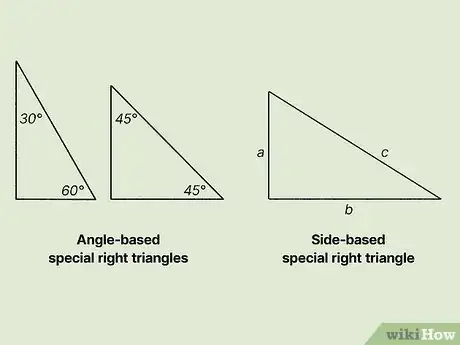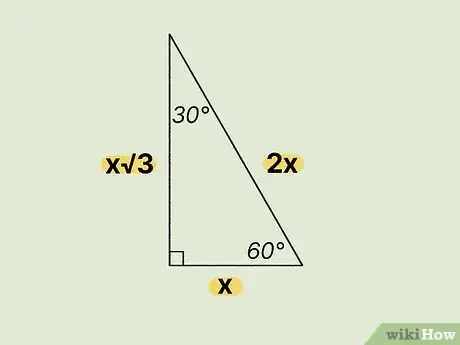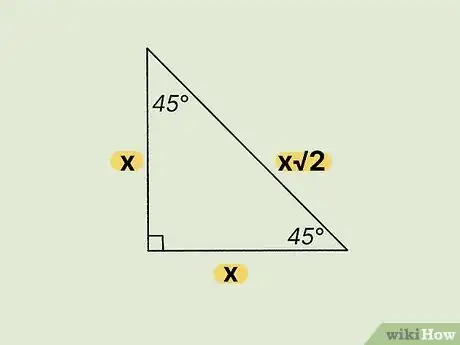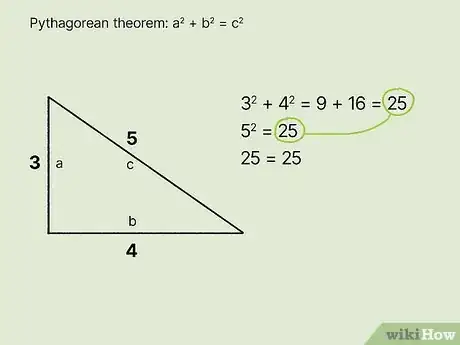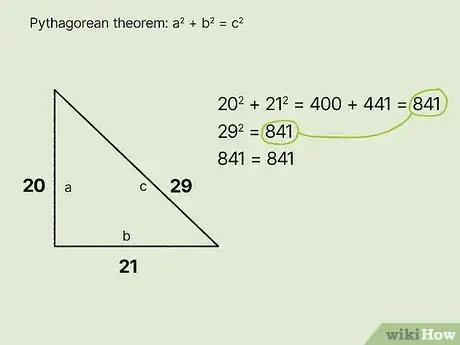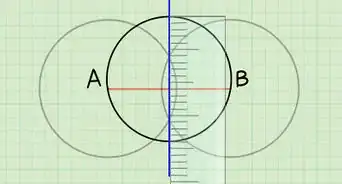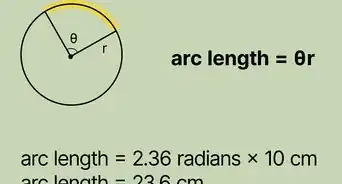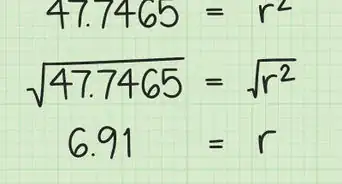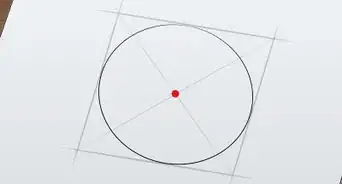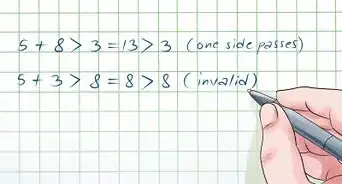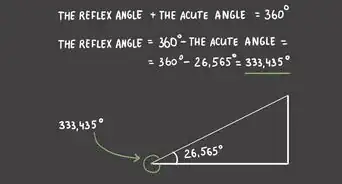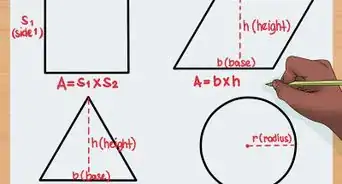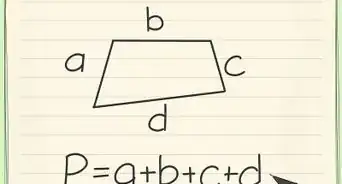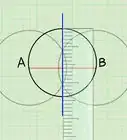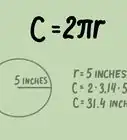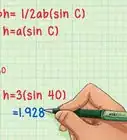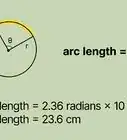This article was co-authored by wikiHow staff writer, Johnathan Fuentes. Johnathan Fuentes is a writer based in the New York City region. His interests as a writer include space exploration, science education, immigration, Latinx cultures, LGBTQ+ issues, and long-form journalism. He is also an avid hiker and has backpacked in Alaska and Newfoundland, Canada. A son of Cuban immigrants, he is bilingual in English and Spanish. Prior to joining wikiHow, he worked in academic publishing and was a freelance writer for science websites. He graduated from Columbia University in 2021, where he studied nonfiction writing and wrote for the student newspaper. He is currently counting down the seconds until the release of Kerbal Space Program 2 in 2023—a game that will almost certainly take up what little free time he has.
Learn more...
Special right triangles are an oddity in math. Whereas most triangles have sides and angles that are hard to calculate, special right triangles have unique properties that make them easier to work with. They can be a bit confusing if you’ve never encountered them before—especially if math isn’t your strong suit. But special right triangles are actually pretty simple. They follow regular patterns, making them easy to recognize once you learn the basics. Here’s a guide for identifying special right triangles, plus some tips on doing calculations with them.
Things You Should Know
- Special right triangles have unique properties that make calculations easier.
- There are two types of special right triangles: angle-based and side-based.
- Angle-based special right triangles have three angles that can be represented as integers.
- Side-based special right triangles have three sides that can be represented as integers.
Steps
Angle-Based Special Right Triangles
-
130-60-90 Triangle. As the name suggests, this triangle has angles equal to 30, 60, and 90 degrees. What makes it “special” is that its sides can be represented as 1, √3, and 2. More accurately, the sides have a ratio of x, x√3, and 2x with respect to each other, where “x” equals the length of the shortest side.[4]
- Example: If the shortest side is 10 cm long, we can say that x=10 cm. We can calculate the length of two remaining sides by multiplying their coefficients by 10 cm: 10cm*√3 and 2*10cm (√3 = roughly 1.732). This gives us a triangle with sides equal to 10 cm, 17.32 cm, and 20 cm.
-
245-45-90 Triangle. This one has angles equal to 45, 45, and 90 degrees. Its sides can be represented as 1, 1, and √2, meaning its sides have a ratio of x, x, and x√2 with respect to each other. Note that two sides are labeled “x”. This means that they are the same length.[5]
- Example: If x=50 m, then we know that two side of the triangle are 50 m long. To calculate the length of the remaining side, we multiple the coefficient √2 by 50 m (√2 = roughly 1.414). This gives us a triangle with sides equal to 50 m, 50 m, and 70.7 m.
Side-Based Special Right Triangles
-
1Side-based special right triangles have sides that can be represented by integers. The 3-4-5 triangle is one example. Using the Pythagorean theorem, you’ll see that 32 + 42 = 25. Then, √25 = 5, which is an integer. This makes 3-4-5 a “Pythagorean triple.”[6]
- Common Pythagorean triples: 5-12-13, 7-24-25, 8-15-17, 20-21-29, and 28-45-53. There are infinitely many more.
-
25-12-13 Triangle (example). Using the Pythagorean theorem, you’ll see that 52 + 122 = 169. Meanwhile, √169 = 13, which is a perfect integer. Therefore, the 5-12-13 triangle is a side-based special right triangle.[7]
- The numbers 3-4-5 represent the ratio of the sides with respect to each other. These ratios are 3/4, 3/5, 4/3, 4/5, 5/3, and 5/4.
- If, for example, you double the sides to 6-8-10, the ratios remain the same: 6/8 = 3/4, 6/10 = 3/5, and so on. Therefore, a 6-8-10 triangle is equivalent to the 3-4-5 triangle.
-
320-21-29 Triangle (example). The Pythagorean theorem shows that 202 + 212 = 841. Then, √841 = 29. This makes the 20-21-29 triangle a side-based special right triangle.[8]
- Remember: the numbers 20-21-29 represent the ratios of the sides with respect to each other.
References
- ↑ https://virtualnerd.com/texas-digits/txh-geo/right-triangles-and-trigonometry/special-right-triangles
- ↑ https://virtualnerd.com/texas-digits/txh-geo/right-triangles-and-trigonometry/special-right-triangles
- ↑ https://math.fandom.com/wiki/Special_right_triangles
- ↑ https://virtualnerd.com/texas-digits/txh-geo/right-triangles-and-trigonometry/special-right-triangles/30-60-90-definition
- ↑ https://virtualnerd.com/texas-digits/txh-geo/right-triangles-and-trigonometry/special-right-triangles/45-45-90-triangle-definition
- ↑ https://flexbooks.ck12.org/cbook/ck-12-precalculus-concepts-2.0/section/4.3/primary/lesson/special-right-triangles-pcalc/
- ↑ https://flexbooks.ck12.org/cbook/ck-12-precalculus-concepts-2.0/section/4.3/primary/lesson/special-right-triangles-pcalc/
- ↑ https://flexbooks.ck12.org/cbook/ck-12-precalculus-concepts-2.0/section/4.3/primary/lesson/special-right-triangles-pcalc/
